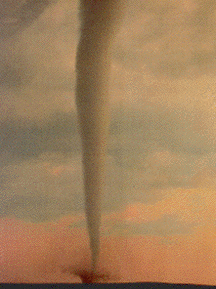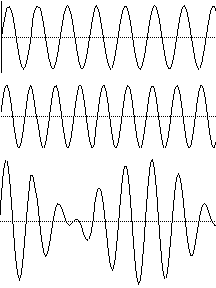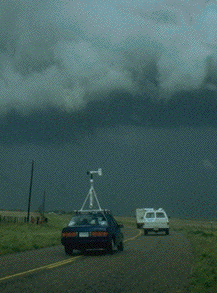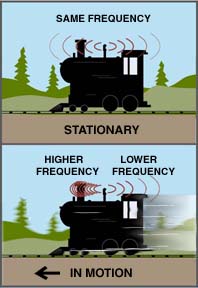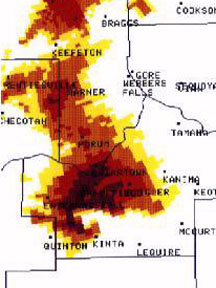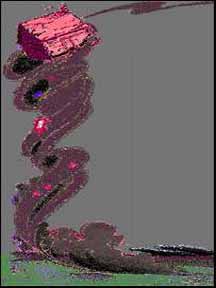Click on images for full size.
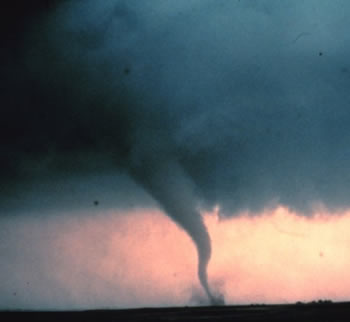 |
A tornado found in Oklahoma on May 22, 1981 where the dust and debris cloud can be seen forming at the surface.
Courtesy of NOAA Photo Library, NOAA Central Library; OAR/ERL/National Severe Storms Laboratory (NSSL) |
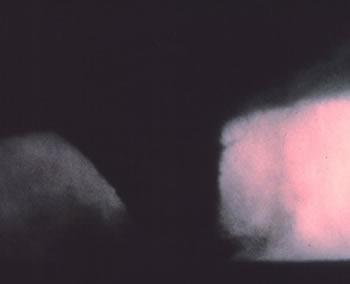 |
This tornado is in its later stage and was captured in Seymour, Texas on April 10, 1979.
Courtesy of NOAA Photo Library, NOAA Central Library; OAR/ERL/National Severe Storms Laboratory (NSSL) |
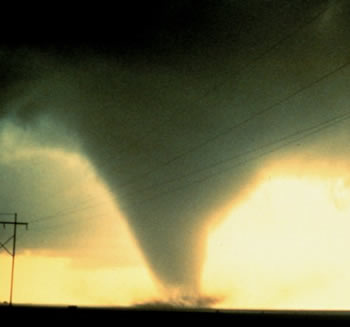 |
On June 2, 1995, this tornado showed up just south of Dimmitt, Texas.
Courtesy of NOAA Photo Library, NOAA Central Library; OAR/ERL/National Severe Storms Laboratory (NSSL) |
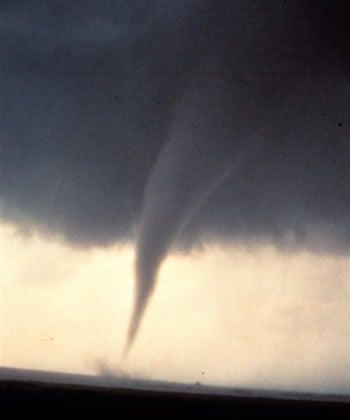 |
Alfalfa, Oklahoma saw this tornado on May 22, 1981.
Courtesy of NOAA Photo Library, NOAA Central Library; OAR/ERL/National Severe Storms Laboratory (NSSL) |
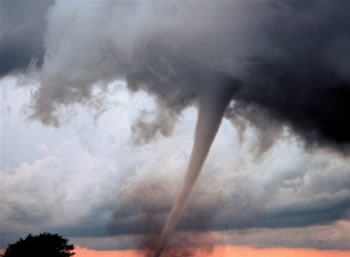 |
This tornado, from May 3, 1999, formed from the old part of a thunderstorm system while the new part was being formed. This is called an occluded tornado. It was spotted seven miles south of Anadarko, Oklahoma.
Courtesy of OAR/ERL/National Severe Storms Laboratory (NSSL) |
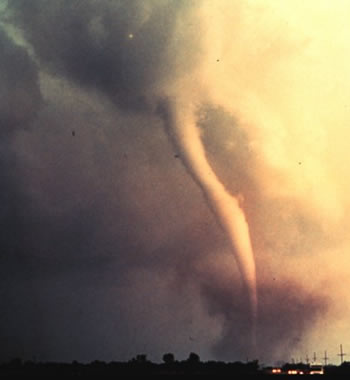 |
This photo of a tornado in its early stage of formation was taken in Union City, Oklahoma on May 24, 1973.
Courtesy of NOAA Photo Library, NOAA Central Library; OAR/ERL/National Severe Storms Laboratory (NSSL) |
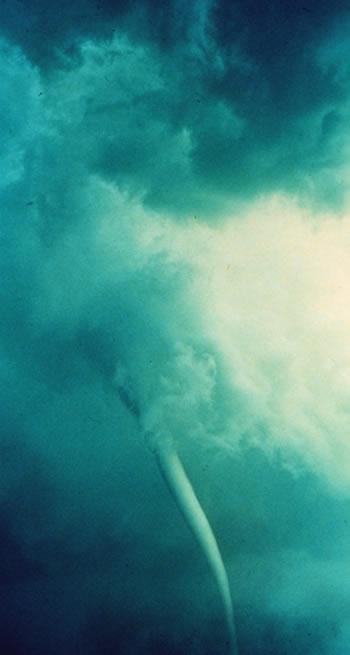 |
A different shot of the tornado from Union City in its early stage of formation.
Courtesy of NOAA Photo Library, NOAA Central Library; OAR/ERL/National Severe Storms Laboratory (NSSL) |
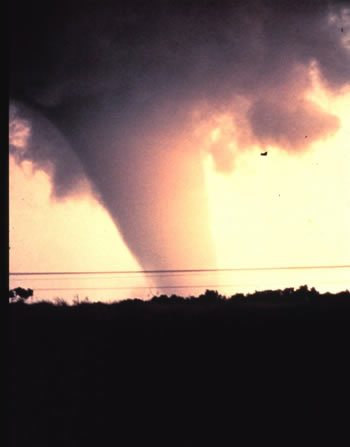 |
Here is the development of the previous photo as it shows the same tornado but in its later stage.
Courtesy of NOAA Photo Library, NOAA Central Library; OAR/ERL/National Severe Storms Laboratory (NSSL) |
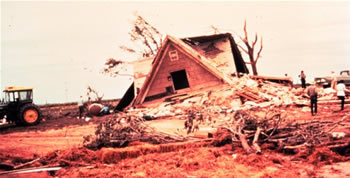 |
Friends and neighbors try to remove debris around the remains of a farmhouse after the tornado that hit Union City, Oklahoma on May 24th, 1973.
Courtesy of NOAA Photo Library, NOAA Central Library; OAR/ERL/National Severe Storms Laboratory (NSSL) |
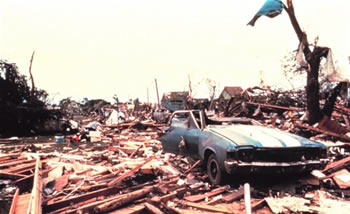 |
This is another shot of the damage caused by the tornado in Union City.
Courtesy of NOAA Photo Library, NOAA Central Library; OAR/ERL/National Severe Storms Laboratory (NSSL) |
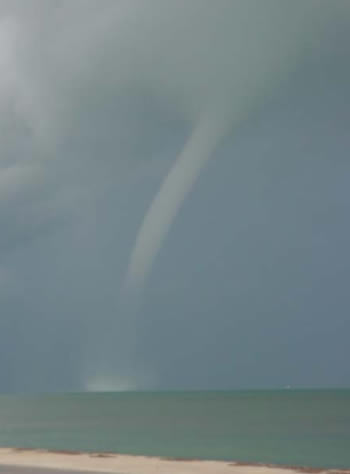 |
Tornadoes can form over water as well as land. When they form over water, it is called a waterspout. Key West, FL had a waterspout form on July 17, 2002.
Courtesy of National Weather Service Forecast Office of Key West/ Brandon Bolinski |
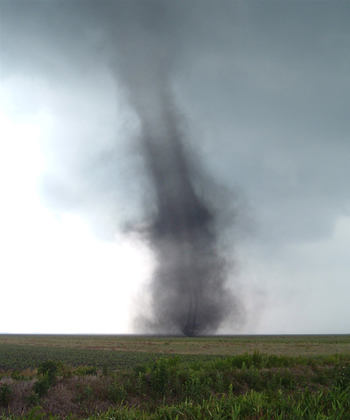 |
A tornado that was traveling over the open ground of a farm in Carteret County, NC on June 7, 2004.
Courtesy of National Weather Service Forecast Office of Newport/Morehead City, NC |
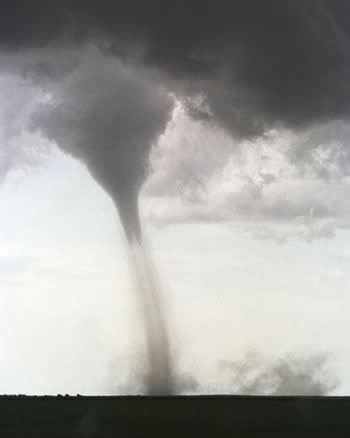 |
A weak tornado that was seen in Southeast Colorado.
Courtesy of University Corporation for Atmospheric Research, Photo by Linda Lusk |
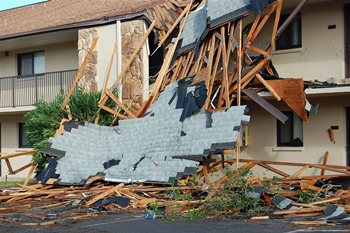 |
Damage to the roof of this condo was part of a weak (F0) tornado that swept through Cocoa Beach, Florida in February of 2008.
Courtesy of National Weather Service Forecast Office of Melbourne, FL |
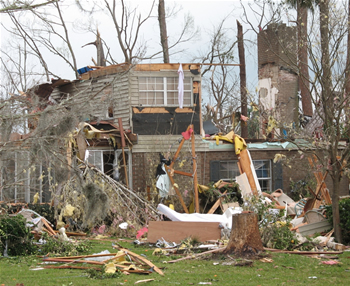 |
This home was damaged by a strong tornado (F3) that ripped through Deland, FL on February 2, 2007.
Courtesy of National Weather Service Forecast Office of Melbourne, FL |
 Images and Multimedia on Windows to the Universe
Images and Multimedia on Windows to the Universe
 Images and Multimedia on Windows to the Universe
Images and Multimedia on Windows to the Universe

